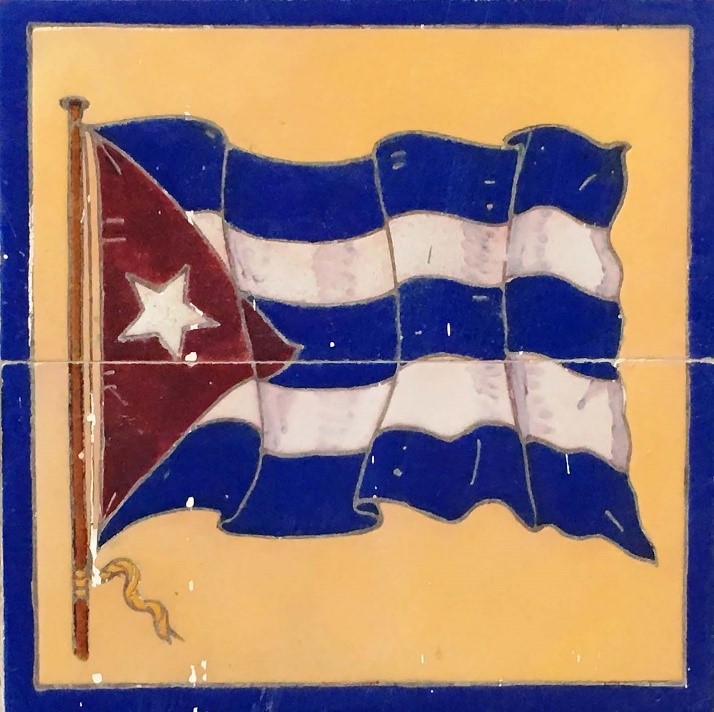Traditional tiles in Havana.
##plugins.themes.bootstrap3.article.main##
Abstract
The article addresses the issue of tiles in the city of Havana, somewhat forgotten, but on which it is necessary to insist. Ceramic tiles are elements that accompany us on our way through the city and that also tell its story. After a brief historical review showing the origins and introduction of this product in our country, an analysis of its morphological and technical characteristics is proposed, as these are a product of high perceptual and functional value.
##plugins.themes.bootstrap3.article.details##

This work is licensed under a Creative Commons Attribution-NonCommercial-ShareAlike 4.0 International License.
- Attribution — You must give appropriate credit , provide a link to the license, and indicate if changes were made . You may do so in any reasonable manner, but not in any way that suggests the licensor endorses you or your use.
- NonCommercial — You may not use the material for commercial purposes .
- No additional restrictions — You may not apply legal terms or technological measures that legally restrict others from doing anything the license permits.
- ShareAlike — If you remix, transform, or build upon the material, you must distribute your contribution under the same license as the original. NOTE: This point applies to numbers 1 to 20 of the magazine with the previous CC-BY-NC-SA 4.0 license. Does not apply to the new CC BY-NC 4.0 license from Volume 11, Number. 21 (2024).
References
• Abreu, M. (2003) “Recursos Básicos para el Diseño de Estructuras Formales”. Multimedia. La Habana. Ediciones Forma.
• Morales, J. (2005) “Tecnología de los materiales cerámicos”. Madrid. Ediciones Díaz de Santos.
• Parrado, G. (2006) “Fundamentos tecnológicos de la cerámica”. La Habana. Editado por Fondo Cubano de Bienes Culturales.
• Rodríguez, Y. (2017) “El azulejo en La Habana”. Artículo. www.habanaradio.cu.Cuba






















